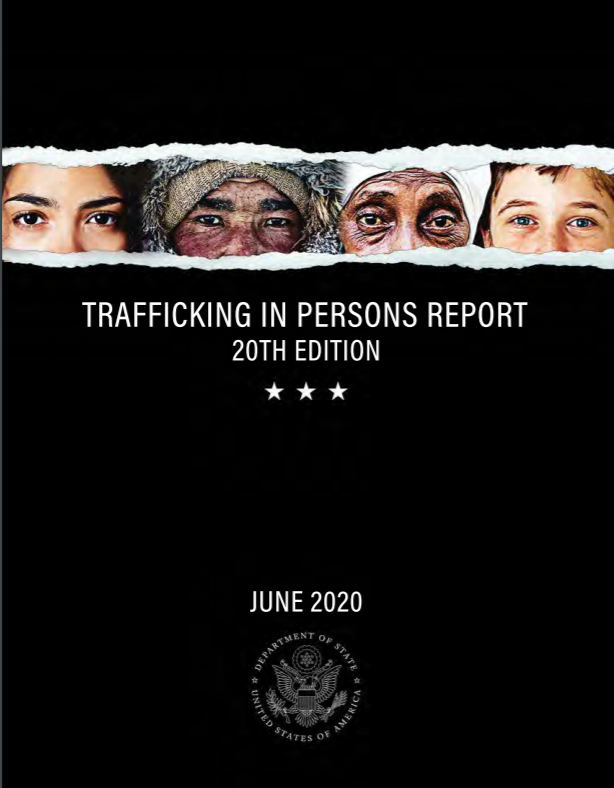Dimensión del Delito de Tráfico de Migrantes en Colombia: Realidades Institucionales, Legales y Judiciales

En los últimos años el territorio colombiano se ha visto afectado por múltiples fenómenos delincuenciales de carácter transnacional como el narcotráfico, el tráfico de armas, la trata de personas y el tráfico ilícito de migrantes, los cuales son detectados permanentemente por las autoridades colombianas en desarrollo de las actividades de control en escenarios fronterizos terrestres, puertos marítimos y fluviales y aeropuertos internacionales, entre otros lugares. El tratamiento integral a los delitos exige altos niveles de cooperación en ámbitos locales e internacionales, involucrando el intercambio de experiencias, información y mejores prácticas de los países que se ven afectados como territorios de origen, tránsito o destino, en desarrollo de estos fenómenos delictivos.
Country
Colombia
Region
South America
Year
2013








